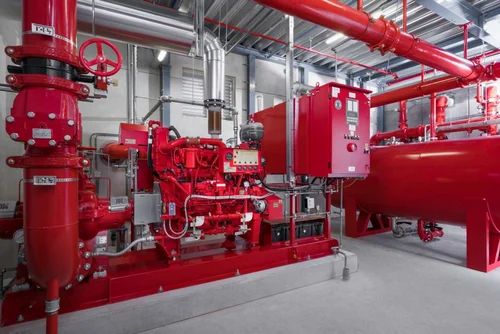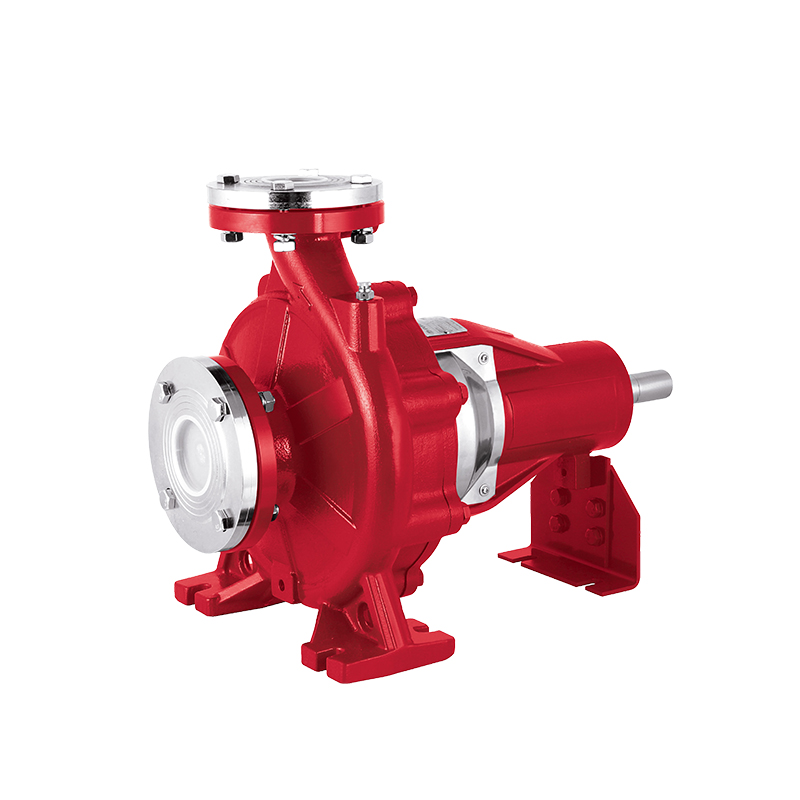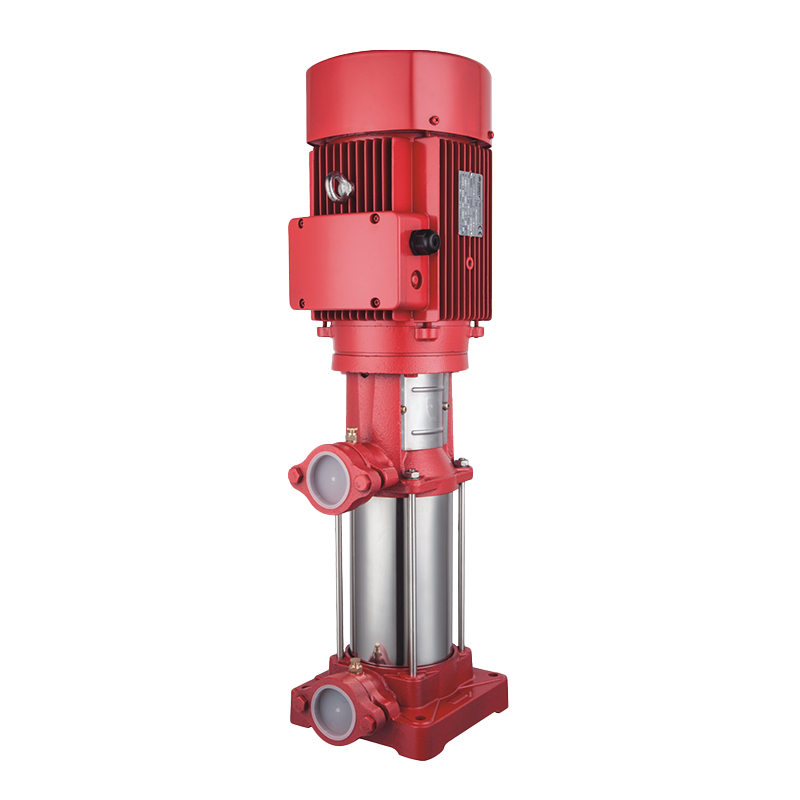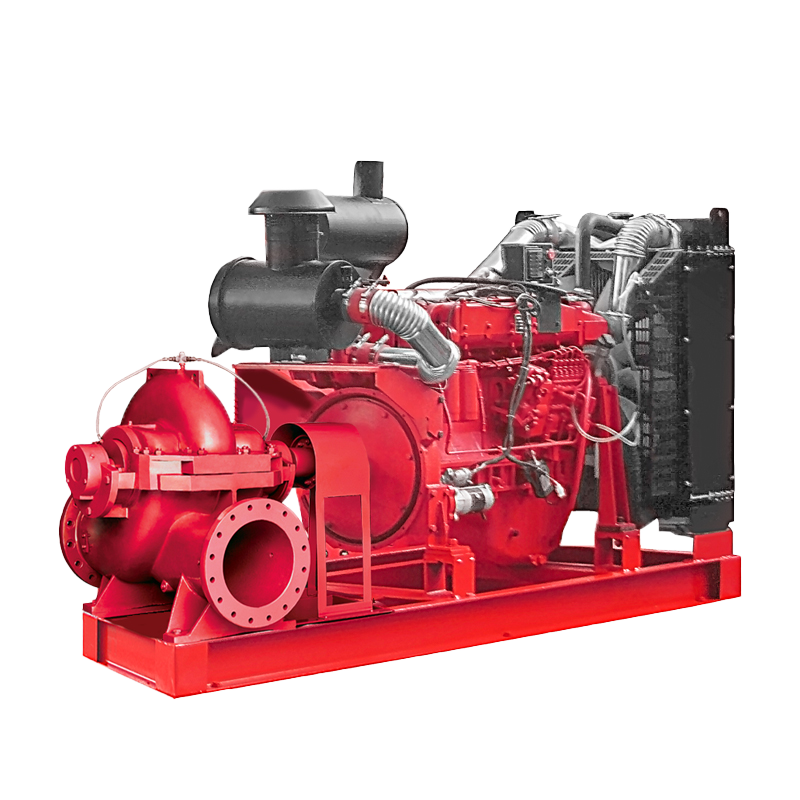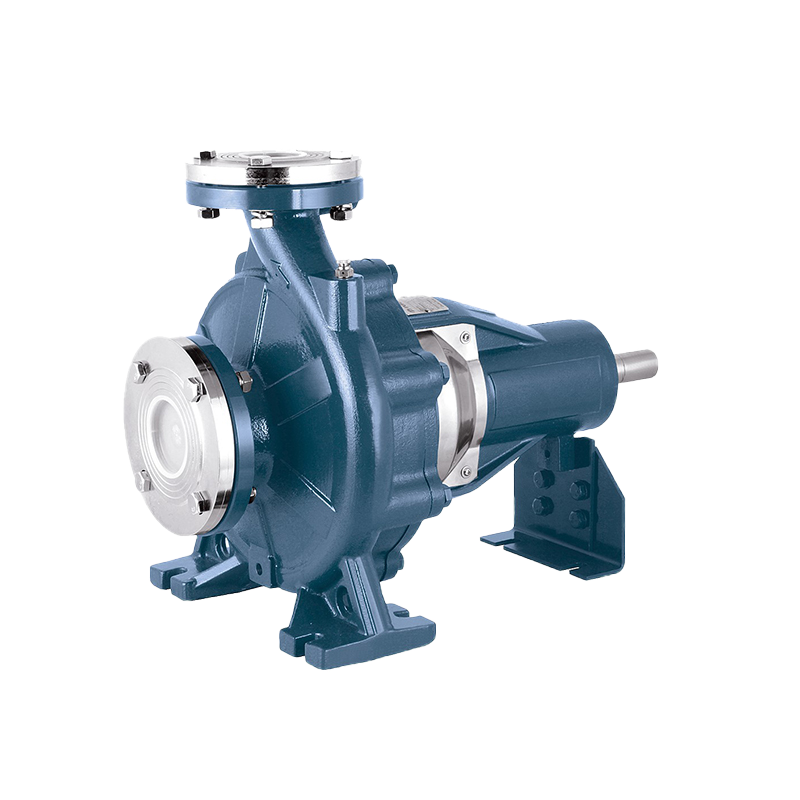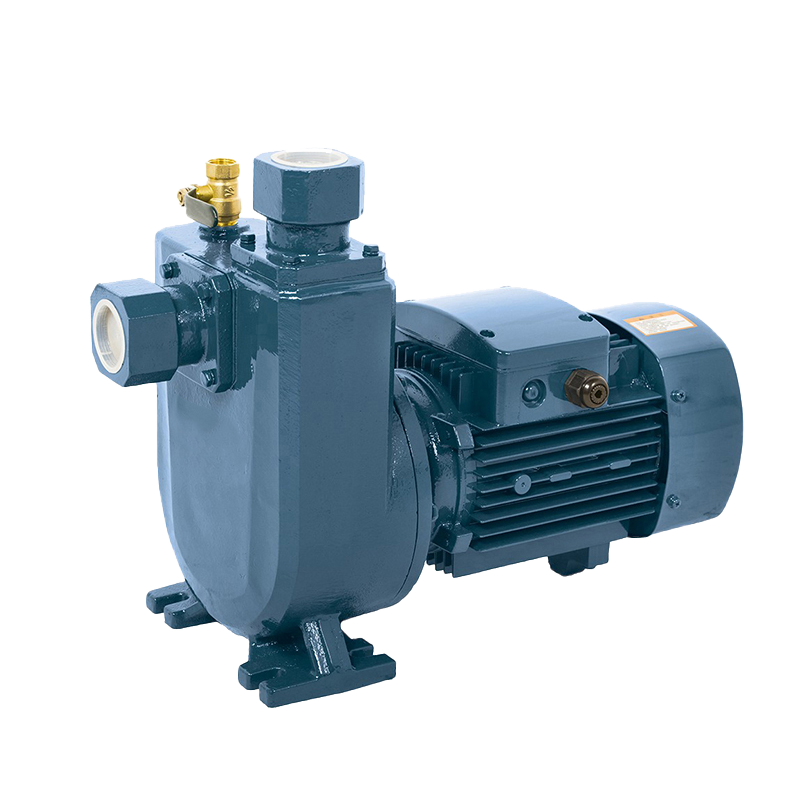Every building, whether a commercial skyscraper, a hospital, or a residential home, is vulnerable to the threat of fire. A well-designed and properly maintained fire fighting system is not just a legal requirement; it's a critical investment in life safety and asset protection. But what exactly constitutes a fire fighting system, and how do you choose the right one?
What is a Fire Fighting System?
A fire fighting system is a network of integrated components designed to detect, control, and extinguish a fire. Its primary goals are to provide early warning, suppress flames before they spread, and facilitate the safe evacuation of occupants. Think of it as an automated first responder, active 24/7.
Key Components of a Comprehensive Fire Fighting System
A robust fire protection system is more than just fire extinguishers. It typically includes these crucial components:
Fire Detection and Alarm Systems:
The "nervous system" that first identifies a threat. This includes smoke detectors, heat sensors, and manual call points, all connected to a central control panel that triggers audible and visual alarms.
Fire Suppression Systems:
The "muscle" that fights the fire. This category includes:
Fire Sprinkler Systems:
The most common type, which automatically discharges water when a specific temperature is reached.
Clean Agent/Gaseous Systems:
Use inert gases or chemicals to extinguish fires without damaging sensitive equipment, ideal for server rooms or data centers.
Foam Systems:
Highly effective for suppressing flammable liquid fires (Class B), commonly used in aviation and industrial settings.
Fire Extinguishers:
Portable first-response devices for tackling small, contained fires.
Water Supply and Distribution:
The "lifeblood" for water-based systems. This includes water tanks, pumps, pipes, and valves (like hydrants and standpipes) that ensure adequate pressure and flow.
Compartmentation:
Passive protection features like fire-resistant walls, doors, and floors that contain smoke and flames, preventing them from spreading.
How to Choose the Right Fire Fighting System for Your Building
Selecting a fire fighting system is a critical decision. Here are the key factors to consider:
1.Conduct a Fire Hazard Analysis:
Identify the specific fuels, materials, and processes in your building that pose a fire risk.
2.Understand Building Codes and Standards:
Compliance with local regulations (like NFPA standards) and insurance requirements is non-negotiable.
3.Evaluate Asset Value and Business Continuity:
A clean agent system might have a higher upfront cost but can prevent millions in data loss or equipment damage.
4.Consider the Occupancy:
The presence of people, their mobility, and the need for safe evacuation routes are paramount.
5.Consult with a Fire Protection Specialist:
Partner with a licensed and certified fire system engineer or installer. They can perform a detailed risk assessment and recommend the most effective and compliant solution.
Don't Compromise on Safety
A fire fighting system is your first and most important line of defense against a devastating fire. By understanding the components, types, and selection criteria, you can make an informed decision that safeguards lives, property, and your business's future.
Is your property protected by the right fire fighting system? Contact a professional fire safety expert today for a comprehensive assessment and ensure you meet all safety standards.
 English
English عربى
عربى
 Fire Pump and System
Fire Pump and System Split Case Pump
Split Case Pump Engine and Pump
Engine and Pump Long Shaft Pump
Long Shaft Pump Multistage pump
Multistage pump Water Supplier System
Water Supplier System Sewage Pump
Sewage Pump Industrial Pump
Industrial Pump Self-Priming Pump
Self-Priming Pump Inline Pump
Inline Pump Domestic Pump
Domestic Pump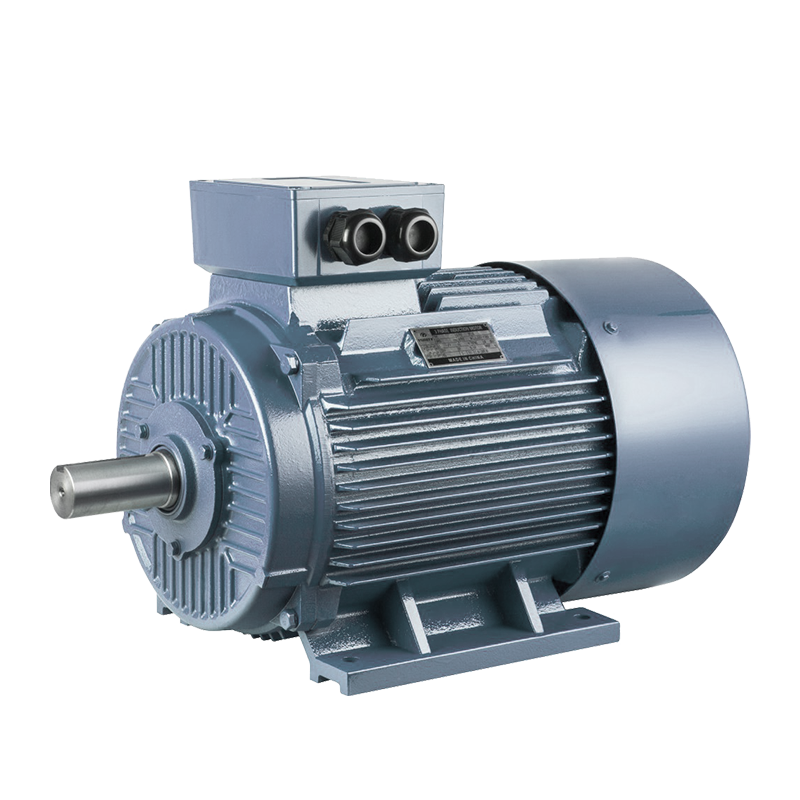 Electric Motor
Electric Motor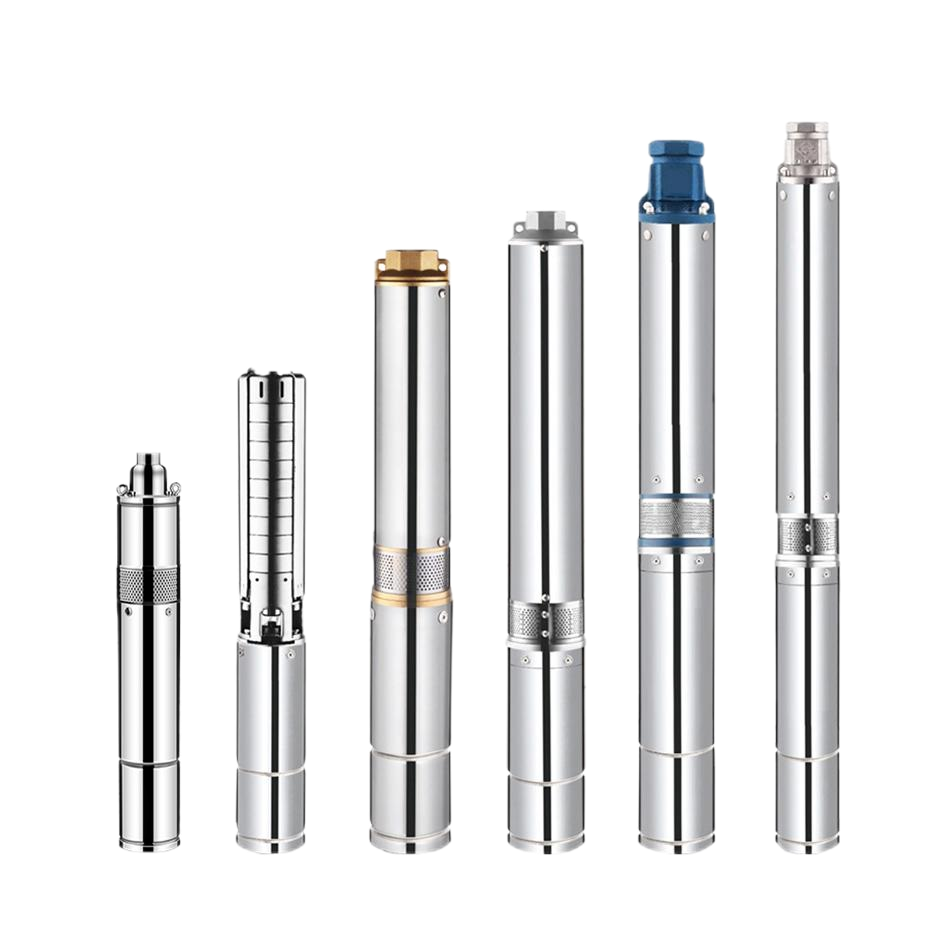 Borehole Pump
Borehole Pump